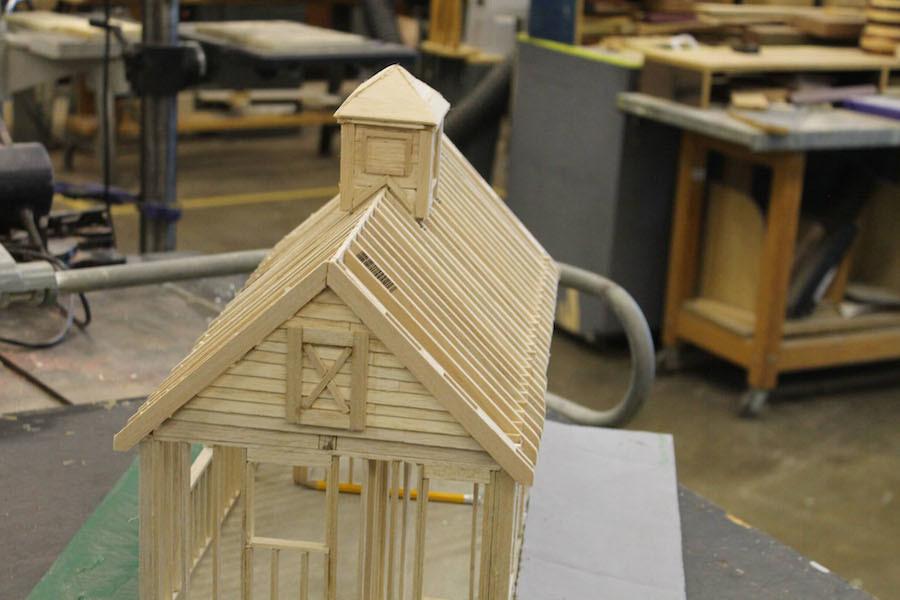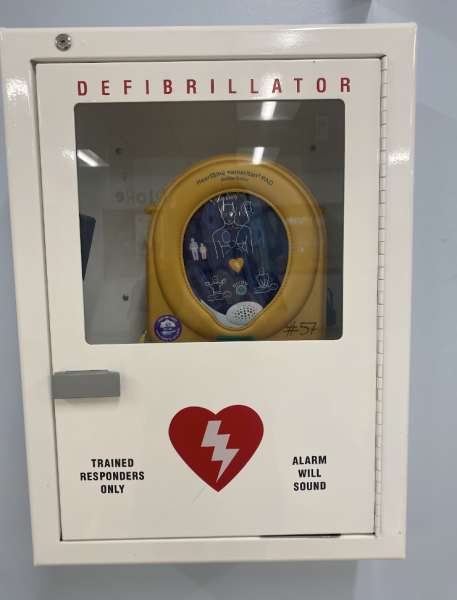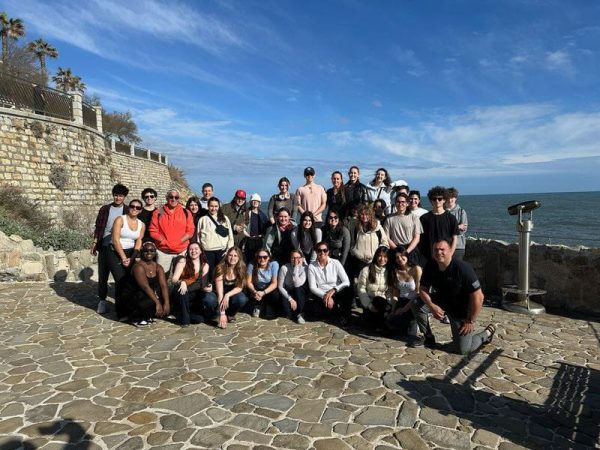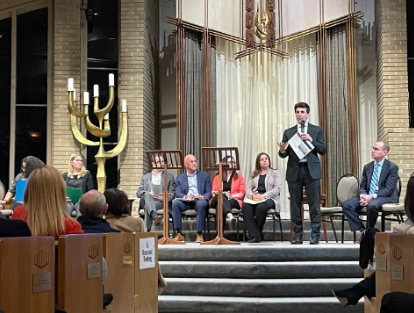Woodshop students build art and practical skills
At first glance, the Technology Education room may seem like a regular classroom. Nestled snugly between the field house lobby and the long row of health classrooms, it has the typical characteristics that most students are accustomed to: a teacher’s desk in one corner surrounded by a slew of tables and chairs, scattered papers, Mac laptops strewn across desks and the soft sound of scratching pencils on paper.
But, throw in some heavy machinery, thick molds and various types of woods, metals and pastes and suddenly the room takes on an extraordinary uniqueness.
“I’m sure it’s one of the only classes you can lose a finger in,” James Rubidge ’16 said.
Staples offers three levels of tech. ed. (or woodshop) classes. The first is Tech. Ed. 1, in which students learn the basics of woodworking. They typically begin with a free-build, in which most students make simple objects like baseball bats and create structures such as bridges made out of Balsa wood. Also, for their final assignment of the year, students create rockets.
“Mine exploded,” Rubidge admitted.
In Tech. Ed. 2, students are able to do a more advanced free-build, as well as learn to create motorized objects, like steam engines and CO2 cars powered by 8-gram CO2 gas bulbs.
By Advanced Tech., the highest leveled class, students do free-builds for the whole semester.
“We do everything from making goblets to injection molding [heated rubber or plastic injected into a mold to create shapes],” Jonathon Maragos ’16 said. “It’s really up to you. The options are limitless.”
On top of its unusual risks and assignments, Tech. Ed. is unique in its demographics. The classroom is brimming with boys and tends to lack female students.
“I didn’t really expect a lot of girls to be in the class,” Nick Benjamin ’17 said.
However, he also expressed that this trend may not be justified. “I think the classes are so boy-heavy because it gets a reputation as a boys class, but from what I know, girls who try the class usually like it.”
Sophie Corde ’15 agrees. She took tech. ed because the class teaches skills that are useful in everyday life. For her, learning how to fix and create things around the house was extremely appealing. And as for the unusual demographics of the class, Corde says that they actually motivated her. “Having it be a boy-heavy class […] just made me want to prove that I can do everything that they can.”
Overall, Maragos considers his time in tech. ed. a beneficial experience, both as an art form and a chance to learn life skills. “Tech ed is like no other class,” he said. “It’s so hands on and you can really see your skill come out in your work.”
Sarah Sommer ’16, page editor and active member of the Inkling community, is participating in Inklings for her second year in a row. “I love being...

It’s a scorching afternoon in mid-July. The sun, sitting high above, has blanketed everything in an unbearable heat— most of us are lounging out by...






















































